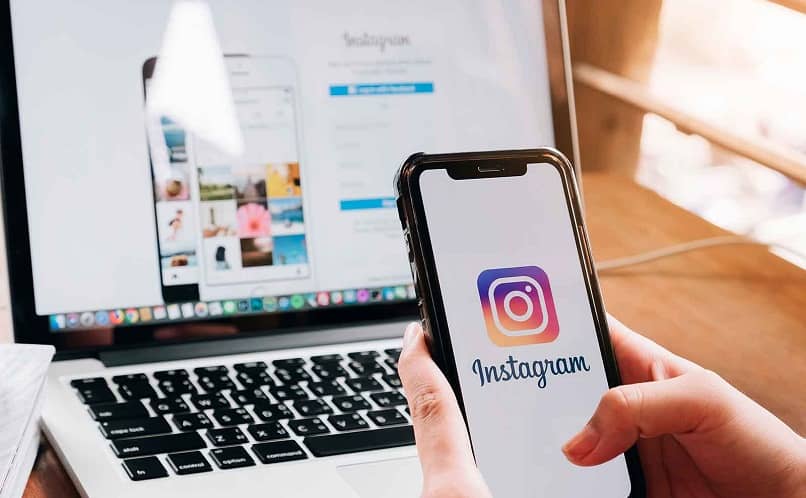Have you ever been told that you look a lot like someone – famous or not – or have you yourself met a person who could be your ‘double’ without the need for makeup? Well, it seems that this has a biological explanation, since a new study carried out by Spanish scientists from the Josep Carreras Leukemia Research Institute reveals that extremely similar individuals who are not related can share DNA.
The researchers, led by the Dr. Manel EstellerICREA Research Professor and Professor of Genetics at the University of Barcelona, have verified that people who, without being related, look alike share genetic characteristics in the genes responsible for the formation of facial features, which would explain, from the point of view of biological point of view, that we can come across a double anywhere on the planet.
The results of the work, which have been published in Cell Reports, could also help detect genetic diseases and improve legal and forensic medicine techniques by facilitating the identification of people based on their genetic material. The researchers studied people with reasonable similarities using a facial recognition program that allowed them to find pairs of individuals who were almost indistinguishable from each other. Subsequently, they analyzed its DNA sequence (genome), its epigenetic profile (regulatory mechanisms of the genome) and its composition of microbes (microbiome).
Your ‘double’ could be anywhere on the planet
These analyzes revealed that the human doppelgangers share similar variations of their DNA, especially those related to genes involved in the formation of the mouth, nose, eyes, chin, and forehead. We are currently around 7.9 billion people in the world, and we are much more interconnected thanks to the internet, social networks and international travel, so these repetitions are more likely to occur and also be discovered.
“The resemblance of these stunt couples was not only limited to facial features, but, in addition to affecting other physical properties (height and weight), extended to certain traits of character and behavior”
“The appearance of ‘doubles’ of a person, as if they were photocopies, has been a matter of attention in the arts and popular culture, but it had never been approached from a scientific point of view,” said Dr. Esteller, who adds : “what we have done has been to collect the same biological material from these extremely similar individuals (also called look-alike in English or Doppelgänger in German) to see if we could find an objective reason for their similarity”.
The similarities that these scientists have discovered go far beyond the face, as Dr. Esteller points out: “It was curious to see that the resemblance of these pairs of doubles was not only limited to facial features, but, in addition to affecting to other physical properties (height and weight), it also extended to certain traits of character and behavior.
Esteller believes that this study can open new lines of research in the future in different fields and points out that, on the one hand, “it provides the basis for diagnosing genetic diseases from the analysis of the image and the shape of the face” and, on the other hand, “it would make it possible to reconstruct the face of an unknown person from only a DNA sample, one of the great challenges of forensic and criminal medicine”, concludes the researcher.
.






